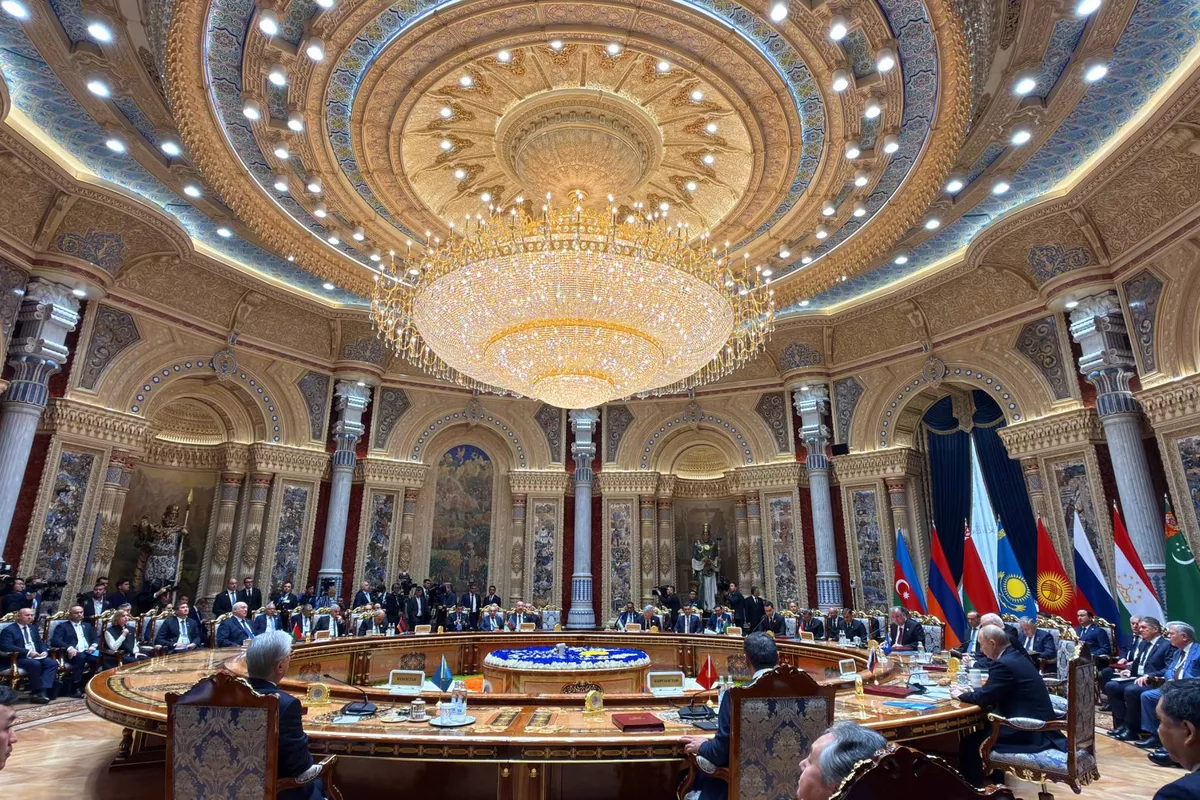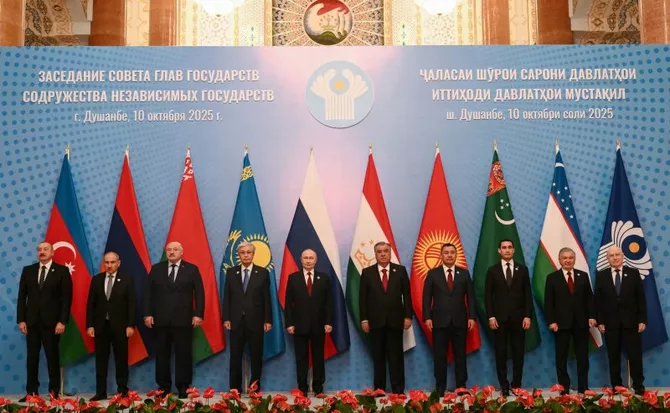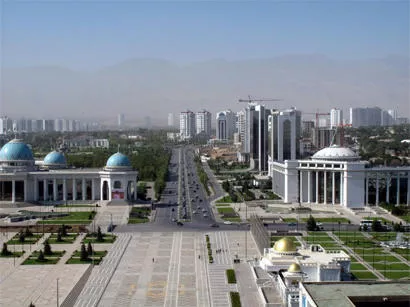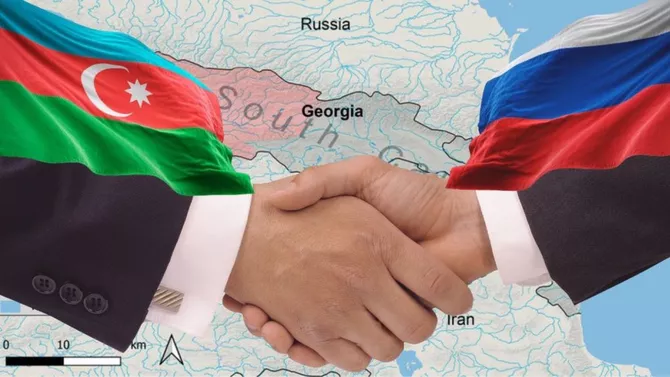
photo: president.az
The CIS Heads of State Summit was held in Dushanbe on October 10. The summit marked an important milestone for collective security issues. For the first time within the CIS framework, matters of cooperation in the fields of security and defense were formally addressed. From this perspective, the meeting can be considered historic.
Following the meeting of the CIS Council of Heads of State, a package of 19 documents was signed, covering key areas of cooperation in politics, security, and energy. Among the adopted decisions was the establishment of the “CIS Plus” format, which, according to Russian President Vladimir Putin, will allow other states and international organizations to participate in the work of the CIS.

photo: Kremlin.ru
It should be noted that the idea of the “CIS Plus” format was first proposed by Kazakhstan’s President Kassym-Jomart Tokayev in October 2024 in Moscow. The initiative envisions expanding the cooperation platform to include third-party partner states and observers. In other words, the new format aims to broaden the organization, following the successful models of the SCO and BRICS. It is expected that this initiative will lay the foundation for deeper regional ties and enable coordinated efforts in the economic, security, and humanitarian spheres, thereby strengthening the CIS’s influence across Eurasia.
Among the documents signed in Dushanbe were a program for cooperation in countering terrorism and extremism for 2026-2028, a program to strengthen border security on the CIS’s external borders through 2030, and a concept for military cooperation until 2030.
The heads of state also approved a declaration on cooperation to ensure regional energy security. Joint statements were signed on countering transnational crime and on measures to prevent the legalization of criminal proceeds, the financing of terrorism, and the proliferation of weapons of mass destruction.
Starting in January 2026, Turkmenistan will assume the CIS chairmanship.

photo: TASS
Parallel to the CIS Summit, the “Central Asia-Russia” summit was held in Dushanbe. The high-level meeting focused on strengthening cooperation in combating terrorism, extremism, illegal migration, and drug trafficking. Special attention was given to engagement with Afghanistan, whose situation remains a major security concern for Central Asian countries.
Politically, the CIS summit reflected a noticeable increase in efforts by member states to resolve disagreements, address challenges and misunderstandings, and find common ground in their shared interests.
Particular attention was drawn to the meeting between the Presidents of Azerbaijan and Russia. Since late 2024, relations between Baku and Moscow had been deteriorating rapidly, approaching a critical point. Several opportunities arose over the past months to meet and clarify bilateral ties, but expectations were largely unmet. For many analysts, Dushanbe represented a last chance, and Presidents Ilham Aliyev and Vladimir Putin seized it.
Tensions had escalated after the crash of an Azerbaijani civilian aircraft caused by Russian air defense systems. Russia’s handling of the incident sparked outrage in Azerbaijan and accelerated the decline in relations. The meeting in Dushanbe allowed the leaders to address the issue directly. Through Putin’s statements, Russia acknowledged its responsibility - something Baku had awaited for nine months. The resolution of the plane incident was reflected in the cordial interactions between the two leaders on the sidelines of the summit.
The participation of Armenian Prime Minister Nikol Pashinyan also signaled a strengthening of the CIS’s positions. After a prolonged period of stagnation and reduced flexibility, the CIS not only convened in full but also sent a clear message about enhancing its agenda through military and security cooperation. It is possible that this cooperation could eventually extend to joint exercises.
Azerbaijan continues to feel comfortable within the organization. Its relations with all CIS members are rooted in decades of shared statehood and common interests, which are primarily reflected in economic cooperation.

photo: APA
Despite months of political tensions, trade turnover continued to grow steadily. From January to July 2025, it reached $3 billion, an increase of more than 19 percent compared to the previous year. Over the first eight months, Azerbaijan’s exports to Russia rose by nearly 10 percent, while imports from Russia increased by 22.5 percent. Despite ongoing disagreements, Russia remains Azerbaijan’s leading trade partner.
Trade with Uzbekistan grew by as much as 48 percent over eight months. The number of Azerbaijani companies operating in Uzbekistan has risen from 178 to 278 in recent years. Recently, SOCAR and Uzbekneftegaz signed an agreement on the development of the Ustyurt region, which includes 3D seismic studies and exploratory drilling with future production prospects.
Positive dynamics are also evident in Azerbaijan’s relations with other CIS countries. While most of this growth is in imports, Azerbaijani exports are increasing at roughly one-third the pace. Experts, however, believe Azerbaijan has the potential to reverse this trend by expanding non-oil exports. CIS markets are familiar to Azerbaijan, and its strategic location and logistics capacity remain key assets. For example, port-to-port connections with Turkmenistan across the Caspian are strengthening. In the first few months of 2025, transit through Azerbaijani ports exceeded 2 million tons, while bilateral cargo transport reached 1 million tons in the first half of the year.
Azerbaijan’s cooperation with Central Asia is not limited to CIS membership, but integration platforms help elevate bilateral relations into multilateral formats and align agendas on a broader scale.
The existing CIS framework will now be complemented by a “CIS Plus” initiative. The added “plus” could transform the organization from a community of former Soviet states into a structure operating at a broader Eurasian level.
By Tural Heybatov
Share on social media